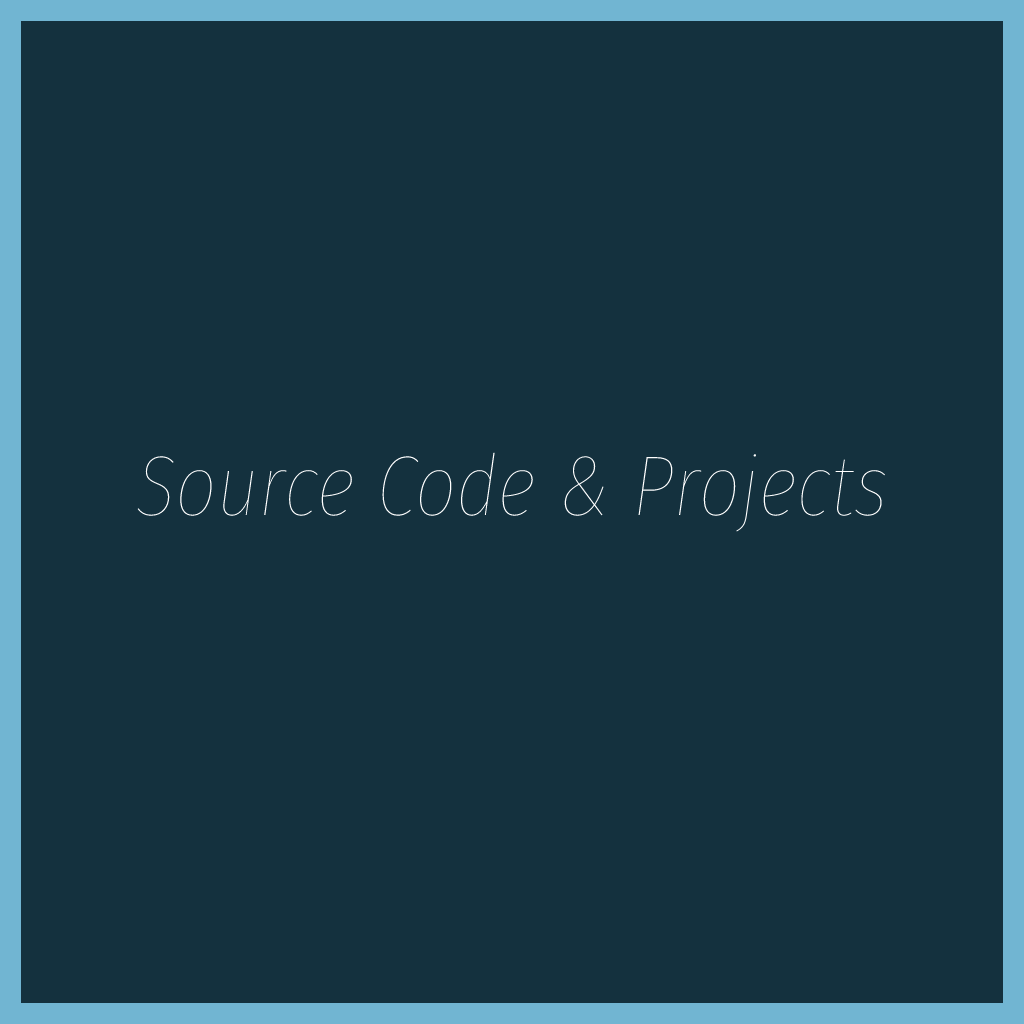What is Java?
Java is a computer programming language and computing platform first released by Sun Microsystems in 1995. It enables programmers to write computer instructions using English-based commands instead of having to write in numeric codes. There are
Like English Java has a set of rules that determine how the instructions
There’s 3 edition of java which are Java EE(currently known as Jakarta EE), Java SE, and Java ME. Today in this edition we are talking about Java EE. And also why Enterprise application are revolving across Java Programming?
What is Java EE(Jakarta EE)?
The Java Platform, Enterprise Edition (Java EE) is a collection of Java APIs. W
With the Java Platform, Enterprise Edition (Java EE), development of Java enterprise applications has never been easier or faster. The aim of the Java EE platform is to provide developers with a powerful set of APIs. While shortening development time, reducing application complexity, and improving application performance.
The Java EE platform has develop through the Java Community Process (JCP), which is responsible for all Java technologies. Expert groups composed of interested parties have created Java Specification Requests (JSRs) to define the various Java EE technologies. The work of the Java Community under the JCP program helps to ensure Java technology’s standards of stability and cross-platform compatibility.
Nowadays Oracle has wave to Java Enterprise Edition. As the Eclipse Foundation takes over Java EE under a new name, Jakarta, and without the “Java” trademark.
Why Enterprise application is revolving across Java Programming?
Enterprise app development in today’s competitive business environment is practically a given. And the frequency of deployment is more critical than ever. In fact, you may already know that the highest-performing IT organizations deploy more applications more frequently.Such as multiple deployments per day versus between once a month and once every six months for lower performing IT organizations.
As I
In a multi-tier application, the functionality of the application is separate into isolate functional areas, called tiers. Typically, multitiered applications have a client tier, a middle tier, and a data tier. The client tier consists of a client program that makes requests to the middle tier. The middle tier has
Conclusion
The client tier consists of application clients that access a Java EE server and that are usually located on a different machine from the server. The clients make requests to the server. The server processes the requests and returns a response back to the client. Many different types of applications can be Java EE clients, and they are not always, or even often Java applications. Clients can be a web browser, a standalone application, or other servers, and they run on a different machine from the Java EE server.
In many cases, enterprise businesses find they are doing great. As such, the move from traditional views of IT to a culture centralized around DevOps and continuous delivery is afoot. In turn, this paradigm shift has paved the way for new technology and enterprise development trends. These 2018 development trends pose challenges that must be answered for any future development of Jakarta EE:
Java provides a cross-platform standard for developers to create rich and robust applications for their internal and external customers. The Eclipse Foundation enters the marketplace with a peek behind the curtain of Jakarta EE. Using Jakarta EE, it’s likely developers comfortable with Java will be able to do many of the same functions as they can with container platforms and PaaS. The Eclipse Foundation themselves said that Jakarta EE’s mission is “more frequent releases, lowered barriers to participation, and putting the community back into the platform.”
This certainly sounds like a solid plan but only time will tell how successful yet another (confusing) name change will be for Java. Indeed, as it stands now, there is no great consensus on what impact this could have on the enterprise development community as app developers prepare for blockchain, IoT and other innovations.
